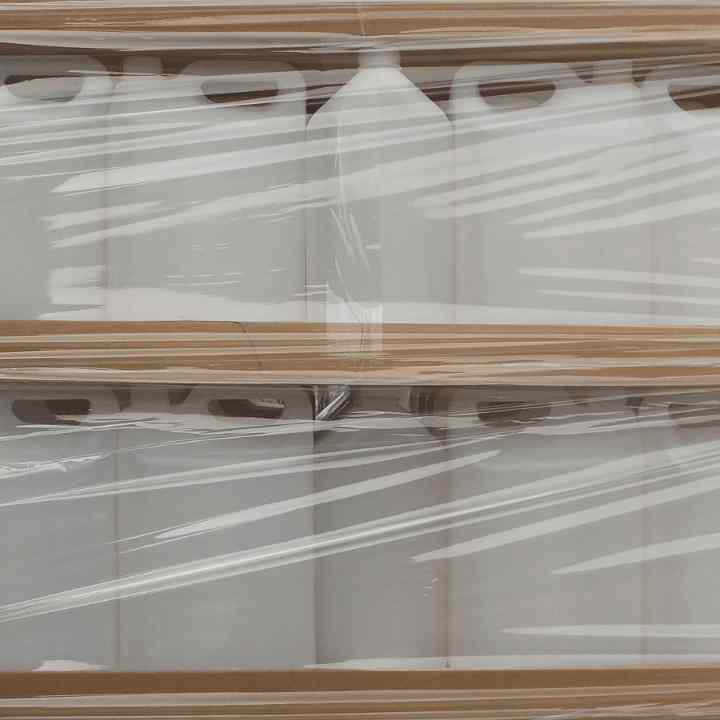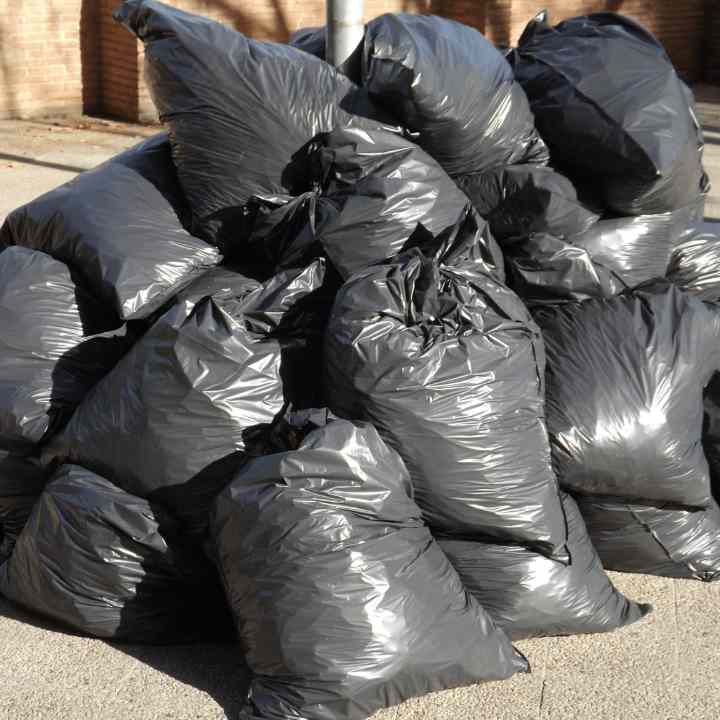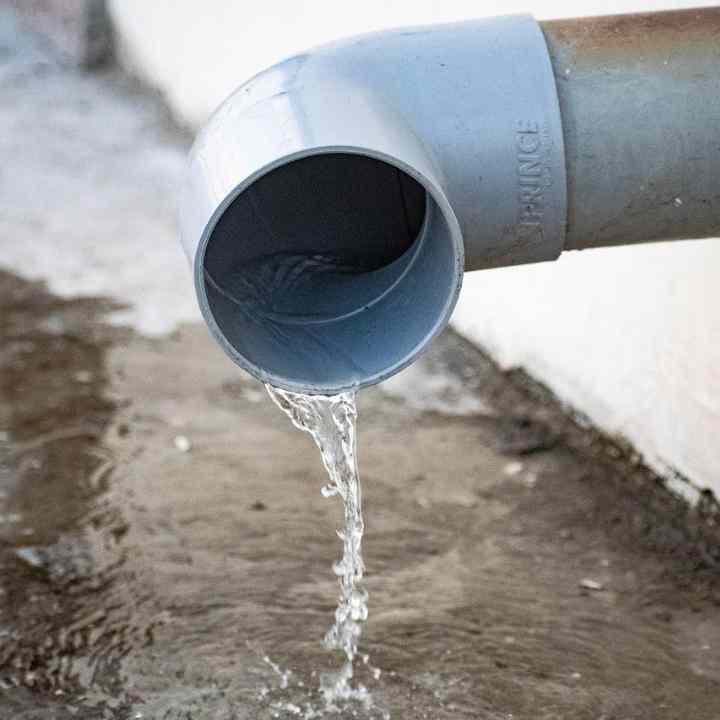There is a very rapid development in today’s plastics industry and new types of plastics are introduced every year. With each new type of plastic, especially metals had to leave some of their usage areas to plastic. The increase in the use of plastic causes various questions in our minds. In this article, we will answer these questions.
Table of Contents
What is Plastic? What does Plastic mean?
Plastics are products that are formed by the transformation of large-molecule organic compounds formed by carbon, hydrogen, oxygen, chlorine and nitrogen into their final state in different ways(Injection, blow molding, press drawing etc.).
What are the Reasons for Using Plastic in Production?
Many products are produced by many manufacturers using plastic raw materials. The main reasons why manufacturers and consumers prefer plastic products are:
- They’re light.
- Being a good insulator against electricity, heat and temperature.
- They are hygienic.
- Being resistant to chemicals.
- They offer high impact strength and flexibility.
- They are easy to handle.
- The image can be changed according to requests.
- Low cost.
- Ability to last for many years.

There are currently more than 40 plastic raw materials of commercial importance. These raw materials; They are classified as thermoplastics, thermosets and elastomers. In this article, we will discuss thermoplastic raw materials, which are the most common plastic raw materials we encounter in daily life.
Thermoplastics and Properties of Thermoplastics
Thermoplastic materials; They soften when heated. When cooled, they harden and solidify. These properties are similar to the repeated melting and freezing of wax. Since they do not undergo chemical changes in this heating and cooling cycle, they can be used repeatedly in production, with some exceptions.
Some important types of thermoplastic raw materials are:
- Polyethylene
- High Density Polyethylene (HDPE)
- Low Density Polyethylene (LDPE)
- Polystyrene
- Polypropylene
- Polyvinylchlorite
- Polyamide
- Polyacetal
- Polymethyl Methacrylate
- Styrene – Acrylonitrile
- Acrylonitrile-Butadiene-Styrene
What is High Density Polyethylene (HDPE)? What are the Features of High Density Polyethylene?
High density polyethylene, which has a very hard structure, does not soften in boiling water. In this way, it can be used at temperatures up to 120 ° C. Its color is milky white but can be colored. It does not conduct electricity. It has a high weight carrying capacity.
Usage Areas of High Density Polyethylene;
- Buckets And Basins,
- Packaging Of Cleaning Materials With High Acidity And Basic Properties,
- Shampoo Packaging,
- Medical İnstruments
- They Are Special Parts For Technical Works.

What is Low Density Polyethylene (LDPE)? What are the Features of Low Density Polyethylene (LDPE)?
Low density Polyethylene (LDPE) has high flexibility. It has low resistance to high heat and can be easily processed. They can withstand up to 85-95°C during use. It is milky white in color but can be produced as desired. Developed with various additives, LDPE can be made resistant to acids and bases, high in electrical insulation and resistant to environmental conditions.
Products made of LDPE are odorless, tasteless, durable and flexible products that feel like wax when touched.
Low Density Polyethylene products are very sensitive to oxygen. Therefore, they should not be left outdoors. Manufacturers add additional preservatives to LDPE to reduce this disadvantage.
Usage Areas of Low Density Polyethylene;
- In soluble plastic bags due to its sensitivity to oxygen
- In construction and agricultural covers
- in garbage bags
- In wrapping products such as stretch
- in food packaging
Low density polyethylene materials are preferred.

What is Polystyrene (PS)? What are the Features of Polystyrene? (PS)
Polystyrene, which we know more as ‘styrofoam’, is known as a moisture resistant, good heat and electrical insulation material. Since it has a carcinogenic structure, it should not be exposed to heat. It is not possible to recycle, instead it is preferred to be used repeatedly.
Polystyrene Usage Areas;
- Heat İnsulation Materials
- Electrical Appliances
- Jewelery
- Shockproof Boxes
- Phone Parts
- They Are Toys.

What İs Polypropylene (PP)? What Are İts Features?
You can find our detailed article about Polypropylene, which is the raw material of the majority of our products and is one of the most reliable plastics, here.
What is Polyvinylchloride (PVC)? What are the Properties of Polyvinylchlorite? (PVC)
Polyvinylchlorite, whose raw material is transparent, can be produced in any desired color. It can keep its shape at temperatures up to 105 °C. It is hard and durable, hardly burns. It is also highly resistant to acids and water. It is not suitable for microwave use as its chemical structure deteriorates in the microwave oven.
Polyvinylchlorite Usage Areas;
- Fast Food Packaging
- Plumbing Parts
- Shipowners
- Music Records
- Home Appliances
- They Are Electrical İnsulation Parts.

What is Polyamide (PA)? What are the Properties of Polyamide? (PA)
Although we rarely come across polyamide in daily life, it is frequently used in important production items such as jet engines and medical devices. Unlike many plastic raw materials, polyamide, which has no transparent color, is a material with high flexibility. It is stored in humid environments because it has a crumbly structure when it dries too much.
Areas of Use of Polyamide;
- Fan Blades
- Various Bearing Parts
- Gaskets
- Door Handles
- Jet Engine Parts
- They Are Medical Devices.

What is Polymethylmethacrylate (PMMA)? What are the Properties of Polymethylmethacrylate?
Polymethylmethacrylate is a material that offers high transparency. It is resistant to variable weather conditions. It is a kind of hard raw material.
Polymethylmethacrylate Usage Areas;
- Glasses And Watch Glasses
- Fountain Pens
- Lighting Equipment
- Lenses

What is Polyacetal (POM)? What are the Properties of Polyacetal?
Polyacetal has high mechanical strength, it does not suffer from fatigue like metal fatigue occurs in metals. It is resistant to moisture and solvents. It is resistant to impacts. It is hard but flexible.
Polyacetal Usage Areas;
- Lathe
- Drill
- Milling
- Saw
- Threaded
- They are medical devices.
What is Styrene Acrylonitrile (SAN)? What are the Properties of Styrene Acrylonitrile?
Styrene Acrylonitrile, which can be produced in any degree of transparency and color, has a very hard and scratch-proof structure. It withstands atmospheric conditions and is unbreakable.
Styrene Acrylonitrile (SAN) Usage Areas;
- Radio and TV parts
- Music player turntables
- They are office machines.

What is Acrylonitrile-Butadiene-Styrene (ABS)? What are the Properties of Acrylonitrile-Butadiene-Styrene?
Acrylonitrile-Butadiene-Styrene (ABS) is produced in non-transparent colors. It has high chemical resistance and can also come into contact with food. It can be easily processed. It shows very high impact resistance at temperatures below 5 °C.
Acrylonitrile-Butadiene-Styrene (ABS) Usage Areas;
- Natural gas distribution pipes
- Water, wastewater, brine pipes
- Household appliances such as vacuum cleaners and hair dryers.
When buying a plastic product, if you want to know what material it is made of, just look at the number next to the recycling sign on the product. Each number represents a raw material. For example, the code of polypropylene, one of the most reliable plastics known, is 5. If you also need polypropylene (pp) packaging, we can offer you rational and economical solutions with our industry experience in this field.
Best regards.-divanambalaj.com


Pingback: What You Should Know About Polystyrene - Divan Packaging